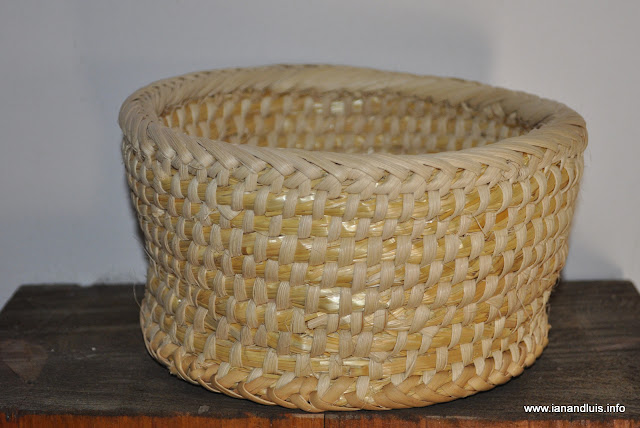Friends, Birgitta and Manfred at Casa Belén recently gave us some homemade elderflower cordial which we really enjoyed. With its slightly heady aroma, a sharp sweetness and thirst quenching qualities, we thought it would great to go, sooner rather than later, to collect flowers to make our own. We were sure we had missed the main blossoming of the wild elderflower bushes but we managed to collect enough for a decent batch.
We set off along the Camino de Santiago which is about 500 meters from La Pasera and explored some of the many tracks that lead off it to the left and right. Many of the bushes were sited in overgrown meadows now inaccessible due to thick bramble growth which made collection difficult. We carried on as walking the camino is great anyhow and in the end we managed to collect about 50 or 60 newly blossoming flower heads. We ensured we didn't strip entire bushes thereby leaving some to fruit later in the season.
We searched on line for a recipe and decided to try this one from River Cottage. We also needed to collect lemons but given the plentiful trees around the area we were easily able to gather enough for our needs. In this recipe we needed 6 for zest but only used the juice of 3.
In total we made about three and half litres which we will use over the coming weeks. We also made some ice cubes with the undiluted cordial for using in a nice sparkling wine or Cava. If we get chance we intend to make another batch but that really does depend on finding elder flowers that are not turning to fruit.
We set off along the Camino de Santiago which is about 500 meters from La Pasera and explored some of the many tracks that lead off it to the left and right. Many of the bushes were sited in overgrown meadows now inaccessible due to thick bramble growth which made collection difficult. We carried on as walking the camino is great anyhow and in the end we managed to collect about 50 or 60 newly blossoming flower heads. We ensured we didn't strip entire bushes thereby leaving some to fruit later in the season.
We searched on line for a recipe and decided to try this one from River Cottage. We also needed to collect lemons but given the plentiful trees around the area we were easily able to gather enough for our needs. In this recipe we needed 6 for zest but only used the juice of 3.
In total we made about three and half litres which we will use over the coming weeks. We also made some ice cubes with the undiluted cordial for using in a nice sparkling wine or Cava. If we get chance we intend to make another batch but that really does depend on finding elder flowers that are not turning to fruit.












































